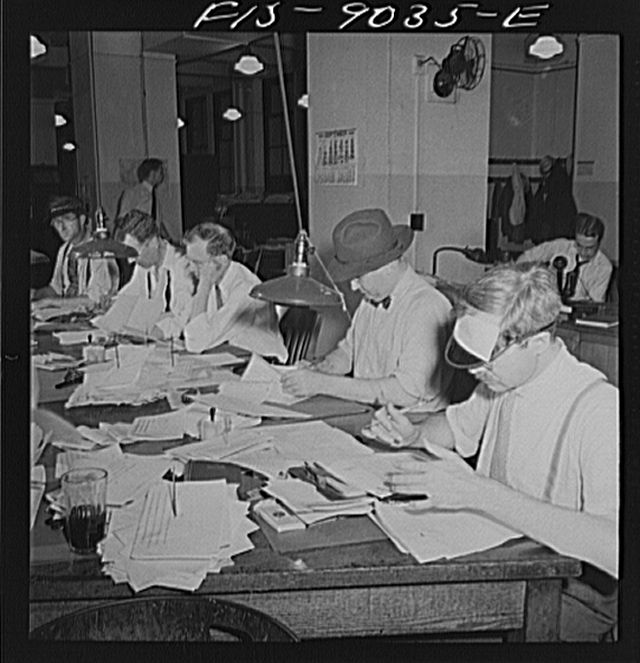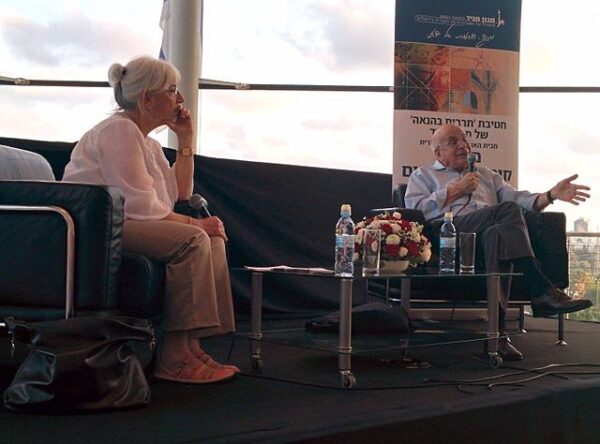We live in a world where journalists, artists, and lawyers drink from the same office water cooler of issues. With every field in media and beyond advancing alongside each other more rapidly than many expected, its safe to say it came with a fair share of issues that did not come without fight. A modern day journalist faces several issues from virtually any and every angle that a modern day lawyer can fiercely argue. The stakes of ownership and repertoire are higher than ever in today’s press and there is an ever increasing demand for a reassertion of ethical journalistic values in that regard. Defamation and privacy are at the intersection of media and jurisprudence. Rightful ownership is of vital importance in any story, but what are journalists and bloggers ought to do in an algorithm that values shining light onto the unknown or breaking new ground as an independent? The accuracy and ethics on how such information was obtained is a priority to be aware of as a critic. The very fine blurry line of what is morally correct as a reporter reveals itself. When writing about especially a notable event or figure, there are definitely things looked for by those involved. “There are two types of defamation: libel and slander. Libel is when the defamatory comment is in written form whereas when the defamatory comment is spoken, it is referred to as slander. Defamation law allows individuals or companies to sue for damage to their reputation caused by material that is published with defamatory comments.” If claimed, it is followed by numerous trials of proof. This is an issue more prominent than ever before, whether that be because of the rise of online media or the accessibility of disinformation, but at least we have a solid outline given to us by New York Times v. Sullivan.

New York, New York. Newsroom of the New York Times newspaper. Copy readers at the telegraph desk which handles all dispatches from the U.S. outside New York City. Man wears hat because of draught, Marjory Collins

